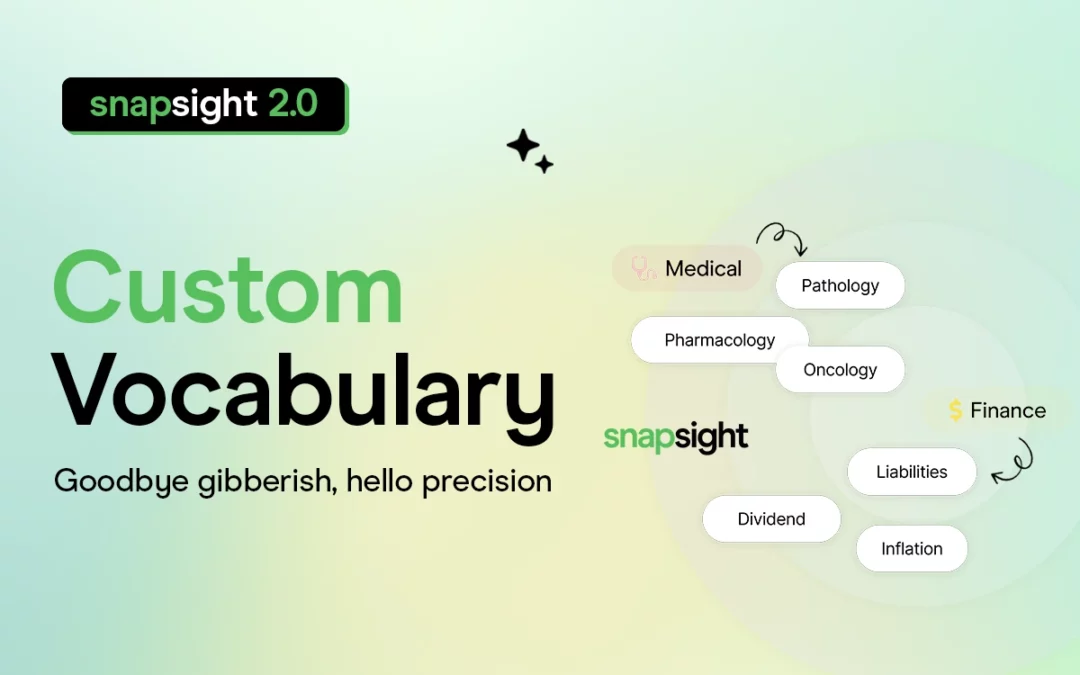In today’s interconnected world, 76% of online consumers prefer to buy products with information in their native language. Yet, effective multi language content translation remains a challenge for many organizations. Beyond simple word-for-word conversion, successful global communication requires a delicate balance of cultural understanding, technical expertise, and strategic implementation. As businesses expand their digital footprint, the cost of poor translation can be substantial – with studies showing that companies lose an average of $6.73 million annually due to language barriers and cultural misunderstandings.
For organizations seeking to build global resonance, mastering multi language content translation isn’t just an option – it’s imperative for survival in the international marketplace.
Understanding Multi Language Content Translation
At its core, multi-language content translation extends far beyond basic language conversion. It encompasses a comprehensive approach to transforming content while preserving its intended meaning, impact, and cultural relevance across different languages and regions.
A. Definition and Scope
Multi-language content translation involves adapting various content types, including:
- Marketing materials and campaign assets
- Technical documentation and product specifications
- User interface elements and navigation
- Legal documents and compliance materials
- Social media content and community engagement
Unlike traditional translation services, modern content translation integrates linguistic expertise with cultural intelligence and digital optimization. This holistic approach ensures that your message not only translates accurately but also resonates effectively with target audiences.
B. The Business Case

The investment in professional multi language content translation delivers measurable returns:
- Access to new markets representing 76% of global online consumers
- Increased conversion rates by up to 70% when content is in the local language
- Enhanced brand trust and credibility in international markets
- Reduced customer support costs through clear communication
- Improved global SEO performance and market visibility
Common Challenges in Content Translation
A. Cultural Nuances
Successfully navigating cultural nuances presents one of the most significant challenges in multi-language content translation. Common pitfalls include:
- Misinterpreting idiomatic expressions
- Overlooking cultural taboos and sensitivities
- Failing to adapt humor and emotional appeals
- Missing regional preferences and local customs
B. Technical Challenges
The technical aspects of content translation require careful consideration:
- Maintaining SEO value across different language versions
- Managing different character sets and text directions
- Ensuring responsive design across languages
- Preserving metadata and structured data integrity
- Implementing proper hreflang tags and regional targeting
C. Quality Control
Maintaining consistent quality across translated content demands:
- Standardized review processes
- Brand voice preservation across languages
- Regular content audits and updates
- Performance monitoring and optimization
- Compliance with local regulations and standards
Best Practices for Successful Translation
Implementing effective multi language content translation requires a systematic approach that balances automation with human expertise. Here’s how successful organizations navigate this complex landscape:
A. Pre-Translation Strategy
Before initiating any translation project, establish a solid foundation:
- Conduct comprehensive content audits to identify priority materials
- Research target markets’ language preferences and cultural nuances
- Develop detailed style guides for each target language
- Create glossaries of industry-specific terminology
- Map content workflows and approval processes
B. Translation Process
The most effective translation strategies combine multiple approaches:
- Utilize AI-powered translation for initial drafts of high-volume content
- Employ native-speaking translators for nuanced messaging
- Implement localization checks at multiple stages
- Maintain consistent brand voice across languages
- Test content with target market focus groups
C. Implementation Tips
Technical implementation requires attention to detail:
- Choose a CMS that supports multilingual content management
- Structure URLs to reflect language hierarchy (/fr/blog, /es/blog)
- Implement proper hreflang tags for search engines
- Ensure responsive design works across all languages
- Set up regional content delivery networks (CDNs)
Tools and Resources
Modern multi-language content translation relies on a combination of technological solutions and human expertise:
A. Translation Management Systems
Leading platforms that streamline the translation workflow:
- Traditional TMS platforms for enterprise-level needs
- Cloud-based solutions for scalable projects
- Integration tools for existing content systems
B. Quality Assurance Tools
Essential resources for maintaining translation quality:
- Automated QA checkers for consistency
- Translation memory tools
- Terminology management systems
- Style guide enforcement tools
C. AI-Powered Translation Solutions
The evolution of artificial intelligence has introduced powerful new tools for multi-language content translation. Among these innovative solutions, Snapsight stands out for its specialized approach to event content translation. By combining AI-powered summarization with multi-language support, Snapsight helps organizations create truly immersive global experiences. The platform’s Idea Cloud feature visualizes key themes across languages, while real-time translation ensures seamless communication during international events.
Ready to transform your global content strategy? Experience the power of AI-driven translation with Snapsight.
Measuring Success
Track these key metrics to evaluate your multi language content translation efforts:
Performance Indicators:
- Engagement rates across different languages
- Conversion rates by region
- Time on page for translated content
- Bounce rates compared to original content
- Social sharing metrics by language
ROI Calculation Methods:
- Cost per translated word
- Revenue from new markets
- Customer acquisition costs by region
- Support ticket reduction in local languages
- Market penetration rates
Successful multi-language content translation is no longer optional in today’s global marketplace. By implementing the strategies and tools outlined above, organizations can effectively bridge language barriers and create meaningful connections with audiences worldwide. Start your journey toward global content excellence today by establishing a robust translation strategy that prioritizes both accuracy and cultural relevance.

